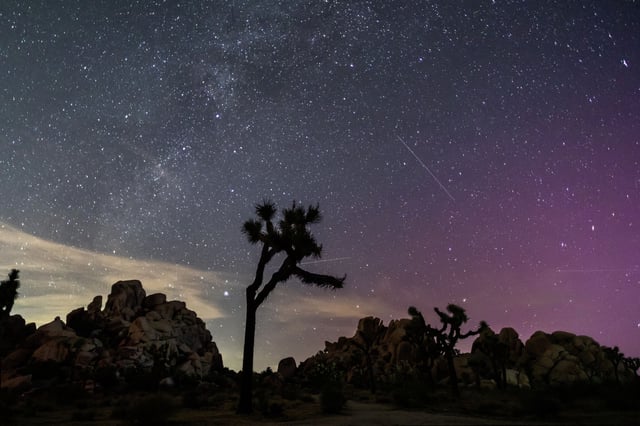Overview
- The Perseid meteor shower will peak overnight on August 12–13 under a waning gibbous Sturgeon Moon flooding the sky with light.
- NASA and the American Meteor Society predict lunar glare will cut visible meteor counts by at least 75%, reducing typical peak rates from 50–75 per hour to roughly 12–18.
- Observers are urged to find dark, rural sites before dawn and face away from the moon to improve their chances of spotting meteors.
- Despite compromised conditions, the brightest Perseids and occasional fireballs should still stand out against the moonlit sky.
- Skywatchers can also look for a Venus–Jupiter conjunction before sunrise on August 11–12 and a Mars–crescent moon pairing low on the western horizon on August 26.



